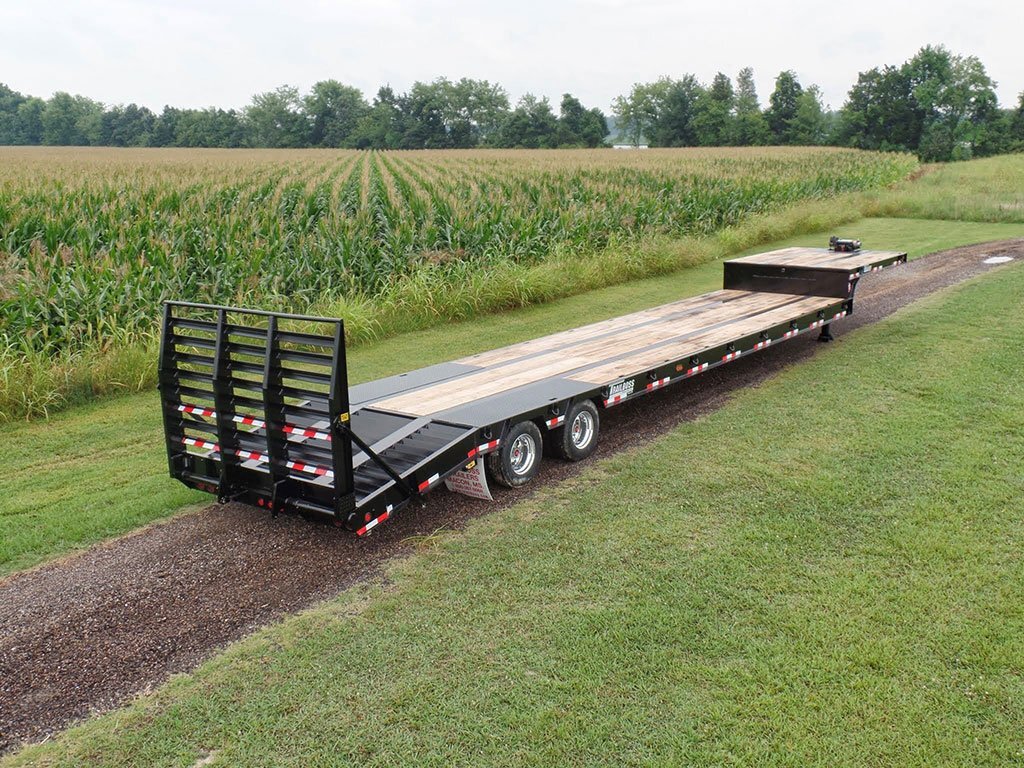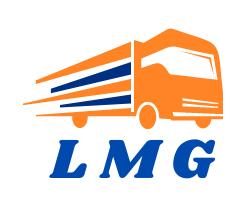
A step deck trailer, also known as a drop deck trailer, is a specialized type of flatbed trailer used for hauling freight that exceeds the height limits of standard flatbed trailers. Here are the key features and uses of step deck trailers:
- Design: A step deck trailer has two deck levels: an upper deck (or main deck) and a lower deck (or step deck). The main deck is at a standard height similar to that of a flatbed trailer, while the step deck portion is lower, allowing for taller cargo to be accommodated without exceeding height restrictions.
- Cargo Capacity: Step deck trailers are used primarily for hauling freight that is tall or has irregular dimensions, such as machinery, construction equipment, large vehicles, and other oversized loads that cannot be safely transported on a standard flatbed trailer due to height restrictions.
- Loading Flexibility: The lower deck (step deck) of the trailer provides flexibility in loading and unloading operations. It allows for easier handling of taller items and provides additional clearance for overhead obstacles such as bridges and tunnels.
- Safety and Stability: Step deck trailers are designed to provide better stability and security for tall or heavy loads compared to flatbed trailers. They often feature multiple tie-down points, ramps, and other equipment to secure cargo safely during transport.
- Versatility: Like flatbed trailers, step deck trailers are versatile and used across various industries, including construction, manufacturing, agriculture, and transportation. They are especially useful for transporting equipment and materials that require specialized handling due to their size or shape.
- Regulations: Transporting cargo on step deck trailers also involves adherence to specific regulations and safety standards, particularly concerning load securement and weight distribution to ensure road safety and compliance with transportation laws.
In summary, step deck trailers are an important part of the transportation industry, providing a practical solution for hauling oversized and tall cargo that cannot be accommodated on standard flatbed trailers. Their design allows for increased versatility and safety when transporting challenging loads over long distances.

